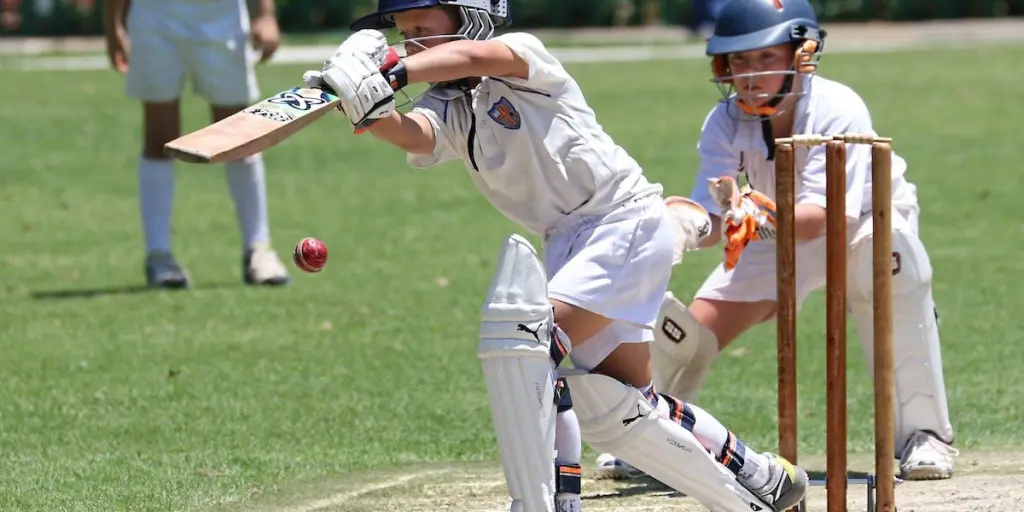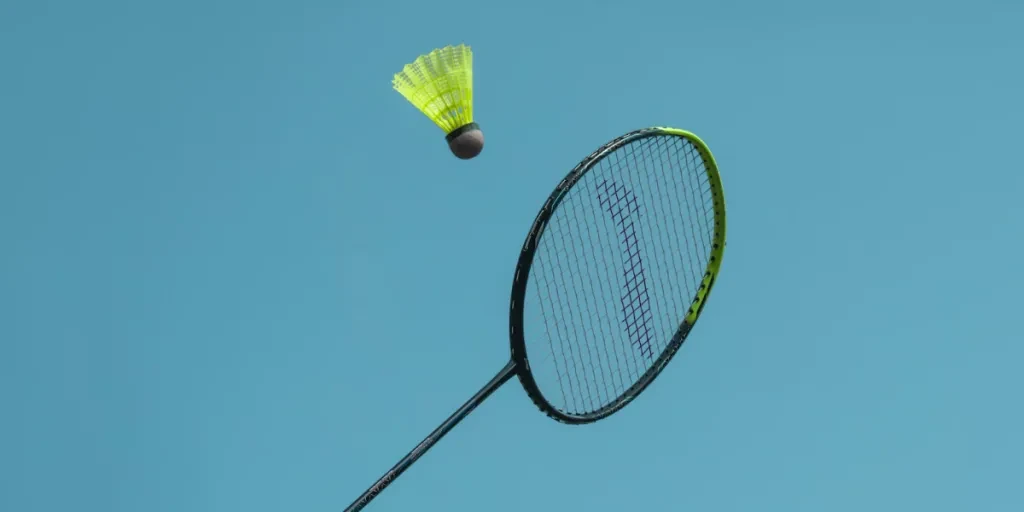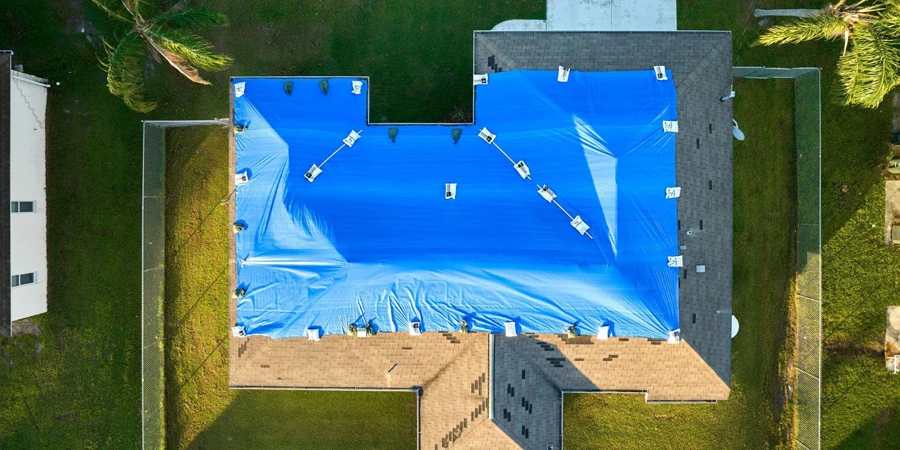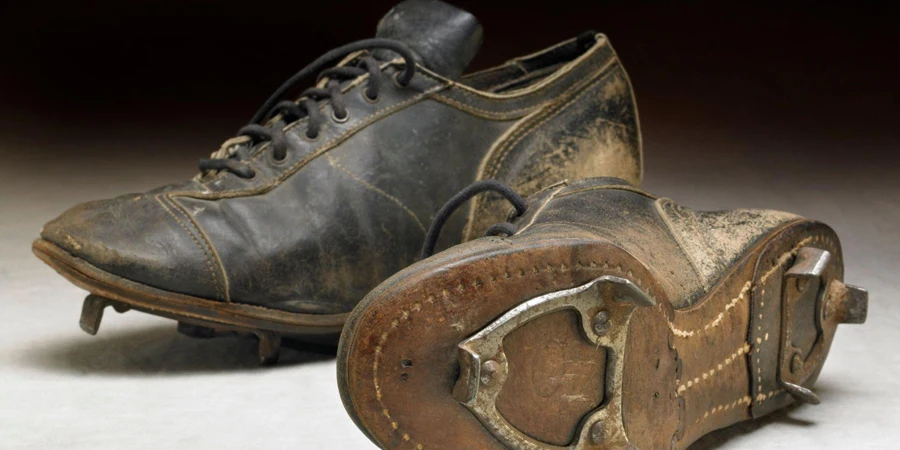Cricket is one of the most popular sports ever, with an estimated 3.5 billion fans worldwide!
This means that those who play the sport competitively are always pressured to put in the work to continuously impress spectators and fans. But they can’t play spectacularly without training hard.
That’s where cricket training equipment comes in. Cricketers need training gear to ensure they’re always at the peak of their game. And there’s no better thrill than an absolutely stunning performance in the sports world.
This article will highlight five pieces of cricket training equipment businesses can sell in 2024 to help consumers (professional or casual) hone their skills.
Table of Contents
How profitable is the cricket training equipment market?
5 training equipment items to sell to beginner and experienced cricket athletes
Conclusion
How profitable is the cricket training equipment market?
According to research, the global cricket equipment market reached a value of USD 630.42 million in 2023. Moving forward, cricket equipment sales are forecast to surge at a 6.05% compound annual growth rate (CAGR), reaching USD 1.134 billion by 2033.
Experts say the expansion of cricket leagues globally, particularly in England, Australia, and South Africa, will help boost market growth over the forecast period. With Governments increasing spending on sports infrastructure, the cricket equipment market will also benefit from the increased investment.
Other key highlights include:
- The younger generations are showing increasing interest in cricket, fueling the expansion of cricket products.
- The shifting average American’s spending habits have also increased demand for products like cricket kits.
- Asia Pacific dominates the cricket equipment market, with experts predicting it will maintain its lead over the forecast period.
5 training equipment items to sell to beginner and experienced cricket athletes
Ball throwers
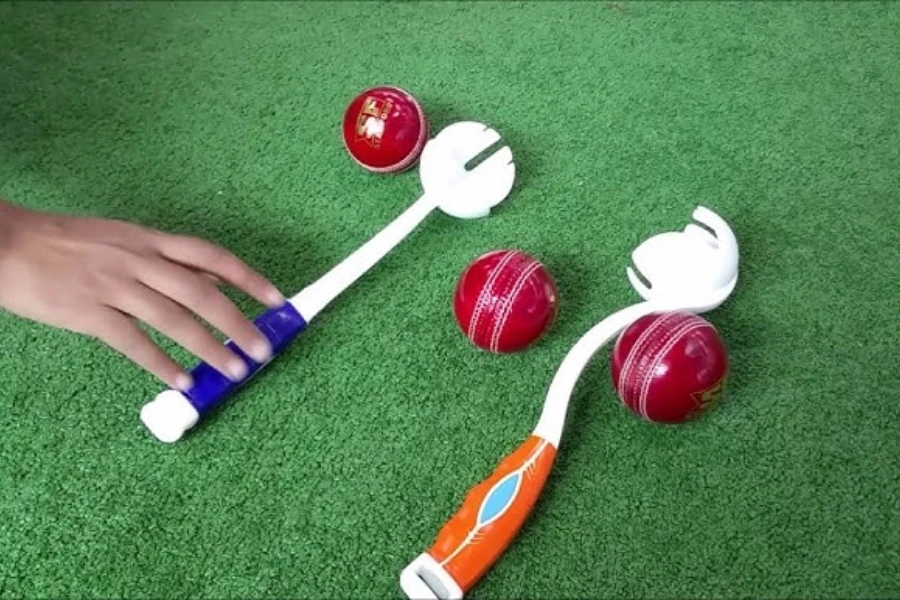
One of the main aspects of cricket training is batting. Hence, cricketers need reliable ball throwers to hone their batting skills to perfect. Although it’s not the main piece of equipment for batting training, ball throwers (A.K.A. sidearms) are key aids for cricketers.
In addition, businesses can offer various ball throwers depending on their target consumer’s skill level. These ball thrower types also provide different speeds and arm lengths to fit the batter’s requirements.
Classic sidearms
These ball throwers were the first ones in the market. They’re also the most popular ones, as sidearms paved the way for other ball throwers. Although they’ve lost a chunk of their market share to newer, more advanced ball throwers, many still swear by them for batting training.
Two variants are available for investment:
1. Clubs
These are one of the most popular ways to stimulate the actions of a bowler. Clubs help batsmen refine their technique by providing consistent and controlled deliveries, allowing them to focus on specific aspects of their batting skills. However, they are only great for junior cricketers, as they can only throw up to 105 kph and handle 142g balls. Plus, they are very fragile and prone to snapping.
2. Elite
These are the upgraded versions of club sidearms. They ditch the basic and fragile club designs, making them the more durable and popular classic options. More importantly, elite sidearms can easily throw 142g and 156g balls, bowling them at up to 130 kph. While junior cricketers can’t use them, elite sidearms are the best option for advanced training.
Modern RoboArms
These ball throwers wasted no time in overthrowing their traditional predecessors. Almost all major national teams use them, but they may not be the best options for casual trainees. RoboArms have up to three variants:
- Standard RoboArm: These ball throwers are the quickest on the market. They can throw up to 160 kph, offering adjustable cups for consumers to change their delivery length—all without changing their action!
- SpeedArm: These RoboArms are the direct competitors of the sidearm club, throwing up to 120 kph. But that’s not all. They also offer short stems, giving trainees better accuracy and control. SpeedArms are perfect for junior cricketers or anyone without the height for a realistic bounce.
- RoboArm mini: These variants offer the sweet spot between standard RoboArms and SpeedArms. They can throw up to 140 kph while offering shorter stems for better control. Trainees also get adjustable cups for different delivery lengths.
Mitts and catching gloves
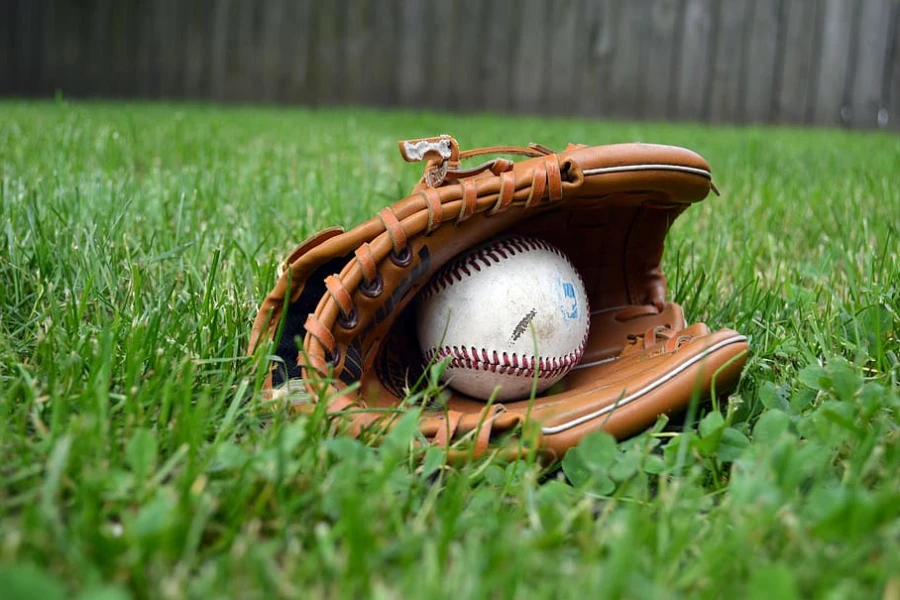
Although underrated, good-quality baseball mitts may make the difference between a worthwhile training experience or a painful one. The best part is they are not just restricted to cricketers.
Coaches also benefit from these training accessories. How? A good quality mitt can help them pick balls more easily, especially those who give tons of throwdowns. Mitts will also help protect their hands when catching hundreds of balls—so there’s no need to suffer a stinging sensation!
Mitts are also important for fielders. They’re the perfect accessory for high-intensity throwing sessions, allowing them to focus more on the game and less on not bruising their hands while catching.
Materials also help determine mitt choice, with manufacturers making them in two options (there’s a huge difference between them, too!). The first option is PU mitts. They’re affordable but at the cost of lesser protection and lower durability. The second is leather mitts. They’re more expensive but offer increased durability and protection.
However, if training sessions include catching drills or involve junior cricketers, they’ll do fine with catching gloves. These accessories are ideal for protecting the palm, relieving trainees from pesky stinging pain. They’re also great for morning fielding drills in winter.
Technique throwing balls
Training balls are one of the most versatile pieces of cricket training equipment. Cricketers need them to master specific skills, so training sessions may require lots of them. The best part is that these throwing balls are low-cost, high-return accessories so most consumers won’t worry about the price!
Here are some of the best types:
1. Swing balls
These throwing balls are necessary for batting training, especially for developing swinging delivery skills. They also come in multiple styles, the most popular being tennis, singe-side dotted, and wobble swing balls.
2. Two-tone balls
These training balls are the go-to for seamers and spinners, as they help them check their bowling. Spinners use them to easily gauge the revolution degrees in the air, while seamers check seam positions when delivering.
3. Aggott
Usually made from leather, these aggott balls are flatter, making them the perfect bowling aid. They help seam bowlers practice with the right wrist position and seam, building better discipline.
4. Spingballs
Spingballs are another batting training ball used for wicket keeping. Manufacturers build these balls with unique aerodynamics as they can deviate in the air swiftly when a player throws it straight—helping batters train against spinning balls.
5. Reflex balls
These training balls come with humped surfaces to help fielders develop close-in catching reflexes. Their humped surface allows these balls to move in random directions when hitting the deck.
Bowling machine
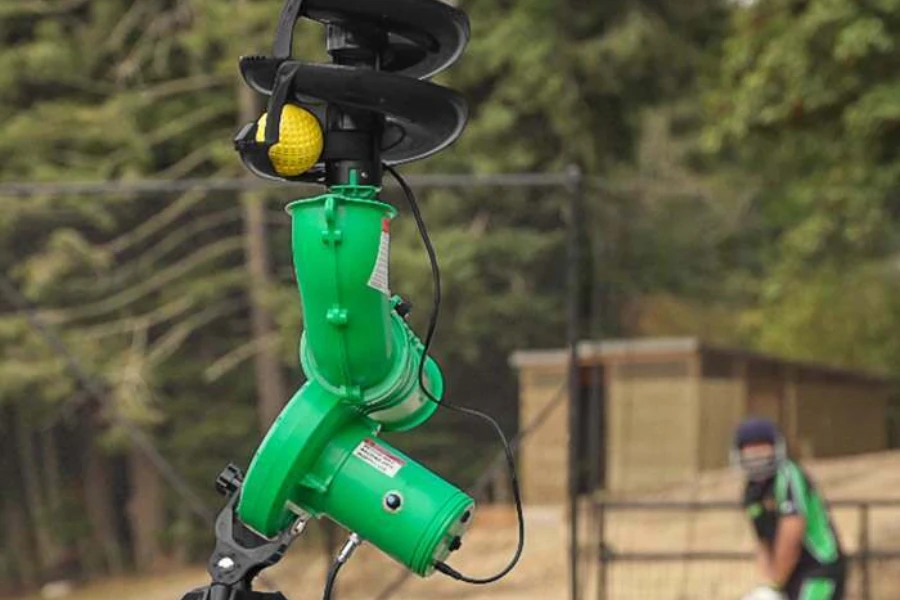
Bowling machines are critical for batting training. They’re the most effective way to receive balls in the same place multiple times, helping batters train specific areas of their batting technique.
One major upside of bowling machines is that cricketers can consistently receive balls in their weak areas. As a result, batters can always practice until muscle memory kicks in, reducing their reaction times and upgrading their technique into something more seamless.
Bowling machines also eliminate the need for human bowlers. This is valuable because most bowlers naturally tire out and reduce their throwing speed, making it easier for batters to hit the ball. But that’s not the case with bowling machines. They offer consistent speeds and longer training sessions.
Bat sensors
Cricket training equipment has also received its share of technological upgrades in the form of bat sensors. This advanced gear helps provide real-time feedback, making them necessary for improving batting techniques.
Even better, these sensors have universal fits for cricket bats. Consumers can also get real-time data by connecting wirelessly to the sensor’s mobile app. Batters can also get useful insight to help improve their bat swing, speed, angles, power, and shot efficiency.
Conclusion
Like any other sport, cricket takes practice if cricketers want perfect gameplay. But training may be challenging without the necessary aids to simulate a live cricket game. For this reason, cricketers and cricket teams demand training equipment to hone their skills.
They’ll need something consistent to provide valuable feedback and offer skillful challenges. Luckily, businesses can easily meet this demand by leveraging the cricket training equipment discussed above.
